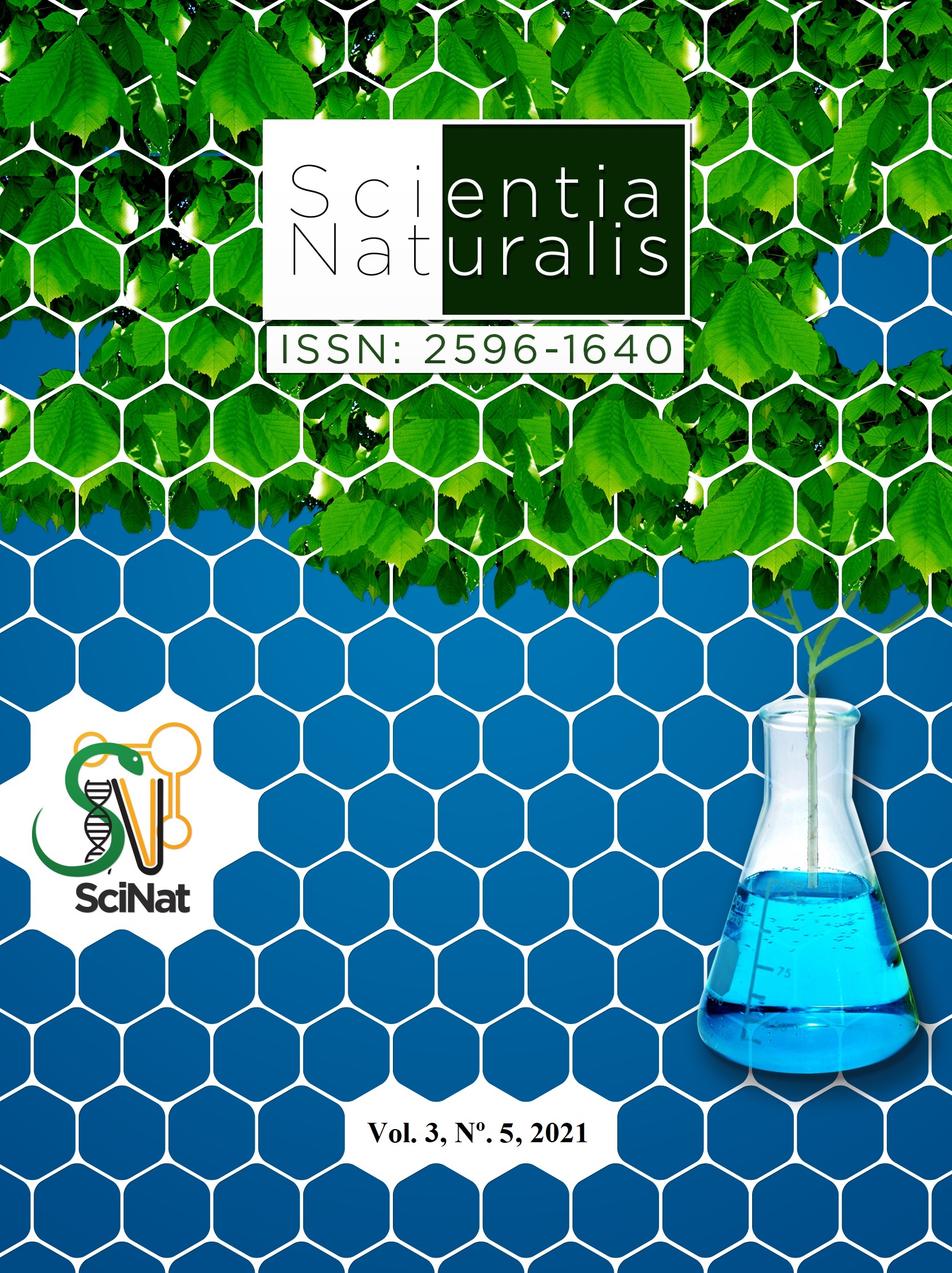Sugar consumption and its association with individual, socioeconomic and food variables in the municipality of Mâncio Lima, Acre
DOI:
https://doi.org/10.29327/269504.3.5-3Abstract
A balanced diet is essential for preventing diseases, especially when it comes to chronic comorbidities. Therefore, both World Health Organization (WHO) and Ministério da Saúde (MS) certify that a healthy diet must have a reduced sugar content. However, what is observed worldwide is a trend contrary to these recommendations: there is an increase in the consumption of sweet products with added sugars. Despite the relevance of this topic, there is a lack of studies about sugar consumption – especially in Amazon region. This study aims to describe the consumption of sweets in the municipality of Mâncio Lima, in the state of Acre, and evaluate which are the individual, household, socioeconomic and food variables related to that consumption. 820 individuals living in the urban area of Mâncio Lima, over the age of 17 years, were interviewed between January and February 2012. The results showed that the sugar consumption is influenced by socioeconomic and cultural aspects, such as sex (p < 0,001), age (p < 0,001) and income (p = 0,004). There was also association with more frequent consumption of fruit, which seems to be a particular feature of local eating due to the practices of extractivism and harvesting from family farming.




